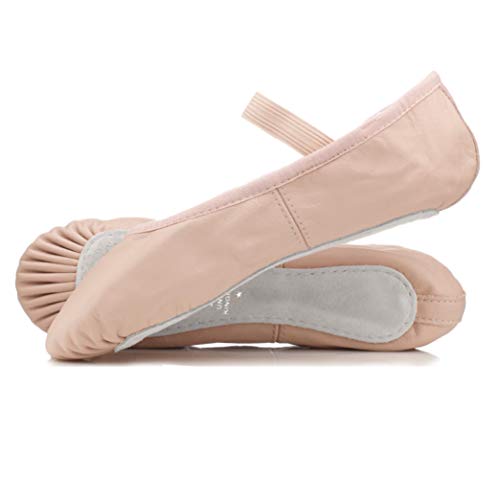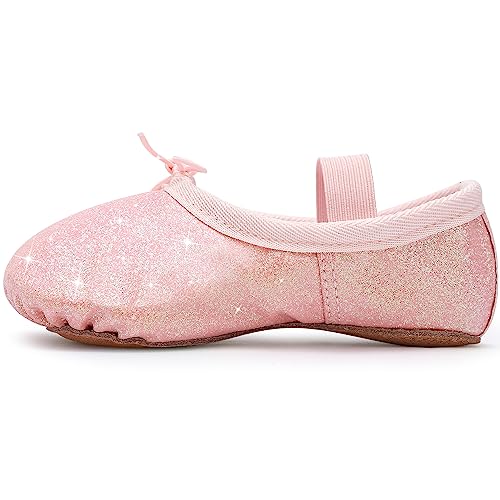How long do ballet shoes last?
For ballet dancers, the lifespan of their ballet shoes varies depending on several factors. These factors include the frequency of use, the dancer’s level of skill, and the material used in making the shoes. The general rule of thumb is that ballet shoes last between 4 and 12 weeks, but the actual time frame could be shorter or longer.
Frequency of use affects the lifespan of ballet shoes
It’s important to note that the more frequently ballet shoes are worn, the shorter their lifespan. For professional ballet dancers who train and perform daily, their shoes may only last a week or two. This is because the constant wear and tear of the shoes cause them to lose their elasticity and support faster. However, for beginner or occasional dancers who use their ballet shoes less often, they may last up to 12 weeks.
The skill level of the dancer matters
Another factor that influences the lifespan of ballet shoes is the level of skill of the dancer. More advanced dancers tend to wear out their shoes faster because they put more strain on them during performances and practices. They are also more likely to wear out the tips of their shoes, which are the most crucial parts for executing turns and jumps. Novice dancers, on the other hand, may not wear out their ballet shoes as quickly since they don’t put as much pressure on them.
Material plays a significant role in ballet shoe durability
The type of material used to make ballet shoes also affects their lifespan. Leather shoes, for example, are more durable but take longer to break in. They are also more expensive than canvas shoes. Canvas shoes, on the other hand, are cheaper and more flexible, but they wear out faster, especially if they’re worn on rough floors. Hybrid shoes, made from both leather and canvas, are becoming more popular since they offer the best of both worlds: durability, flexibility and comfort.
Proper care can extend the lifespan of ballet shoes
Vigilant maintenance and care can also help extend the lifespan of ballet shoes. This includes properly drying them out after use, avoiding leaving them in a damp place, and storing them in a well-ventilated area. It’s also essential to replace them at the first sign of significant wear and tear, such as holes or a loss of support. Ultimately, the lifespan of ballet shoes varies depending on the factors mentioned above. Dancers must measure the mileage of their shoes to ensure they are performing at their best and avoiding the risk of injury.






